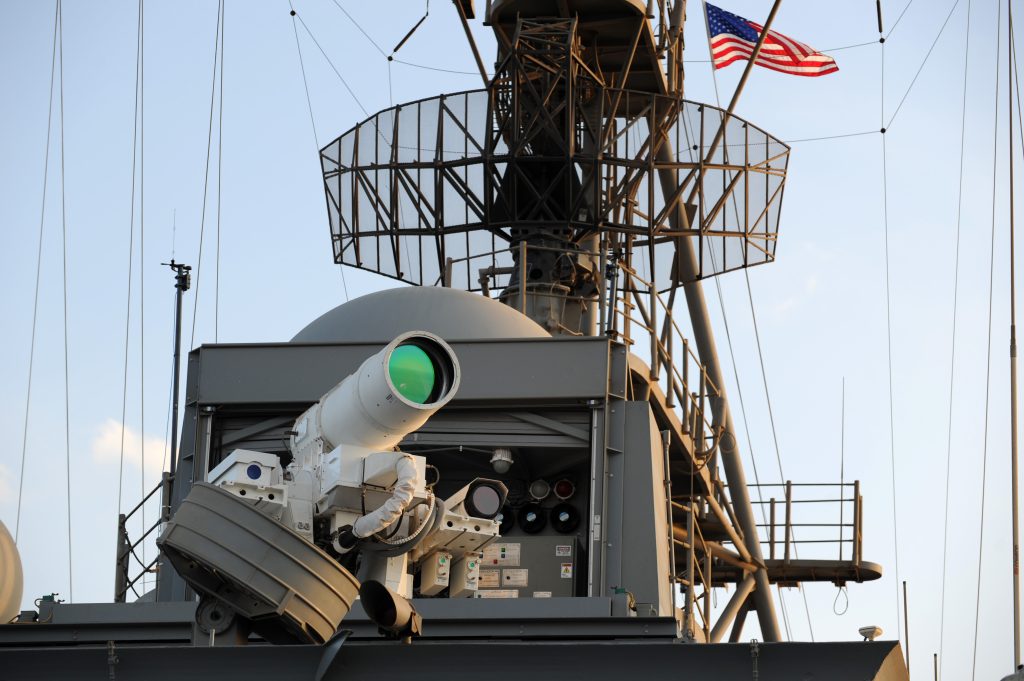A long time ago, in a galaxy far, far away, we were introduced to some of the coolest gadgets ever imagined. From droids to Death Stars, lightsabers to laser blasters, Star Wars technology has fuelled the imaginations of generations.
This May the 4th (International Star Wars Day), create looks at the times that engineers have brought this sci-fi tech into the real world.
Droids

While we may be still a long way from sentient protocol droids such as C-3PO (pictured above) there have been many advances in robotics and artificial intelligence in recent years. Boston Dynamics has been one of the leaders in this advancement, building agile robots that can perform a wide range of tasks.
The Atlas robot is a 3D-printed lightweight robot that the company says has human-level agility. It uses a proprietary algorithm to make corrective calculations almost instantaneously, allowing the robot to mimic human motion. In a natural disaster situation, this is the droid you are looking for.
[embedyt] https://www.youtube.com/watch?v=-e1_QhJ1EhQ[/embedyt]
Directed-energy weapons
Almost every weapon in the Star Wars universe is a directed-energy weapon. From lightsabers and hand-held blasters to spaceship-mounted cannons and, of course, the Death Star. Back in 1977, these were impossible weapons to replicate, but these days they already exist, though they may not be as eye-catching as their fictional counterparts.

In 2020, the USS Portland conducted a trial of the 150 KW LWSD Mark 2 solid-state laser, in which it destroyed a stationary target in the Gulf of Aden. Later that year, the same laser took down a drone in the symbolically significant location of Pearl Harbor.
[embedyt] https://www.youtube.com/watch?v=6VME8_OLDzk[/embedyt]
Smaller low-power 50 kW lasers compact enough to fit on armoured vehicles exist too, such as the US’s Directed Energy Maneuver-Short Range Air Defense, or DE M-SHORAD.
Other countries are also investing heavily in this tech, including Australia. The 2020 Force Structure Plan called for a directed-energy weapon system “capable of defeating armoured vehicles up to and including main battle tanks”.
But we’re a long time away from a Death Star. This article calculates that the energy required to bring the idea to life would need to be a million billion times more powerful than the most powerful laser beam available today.
Lightsabers
Lightsabers are the most iconic weapon in the Star Wars universe, with the iconic buzzing sound replicated by ten-year-old boys and girls in school playgrounds around the world. Many have tried unsuccessfully to bring this idea to life but none have been as persistent as American engineer James Hobson, better known as the Hacksmith.
His fifth-generation lightsaber uses superheated plasma to bring this piece of technology to (dangerous) almost reality! He’s even discovered a way to turn it red for all of you who lean towards the dark side.
[embedyt] https://www.youtube.com/watch?v=UyyF842Nc9g[/embedyt]
Mechanical limbs
One of the most common injuries in the Star Wars universe is losing a limb to a lightsaber. Luke Skywalker, among others, have prosthetics seamlessly integrated into their body. If lightsabers were to become a reality, the demand for these limbs might suddenly grow exponentially.
Thankfully, researchers are developing advanced prosthetic limbs controlled by the user’s own nerves and muscles, providing a level of mobility and dexterity that was previously impossible.
UK company Open Bionics has created the Hero Arm, a human-like prosthetic that uses electrodes to signal operations rather than traditional hydraulics.
[embedyt] https://www.youtube.com/watch?v=l27XUWT2DMA[/embedyt]
All Terrain Armoured Transport: ATAT
The ATAT, an armoured “walking” vehicle used to cross inhospitable terrain, first appeared in 1980’s The Empire Strikes Back. Fantastical as it seemed, the idea of walking machines has been around for a long time. HG Wells’s War of the Worlds spoke of tripod-like vehicles back in 1897. The Italian Fascist regime in the 1930s even once trialled an ‘Iron Dobbin’ to teach the Fascist Youth movement how to ride a horse.
But the most closely-related to the ATAT came less than 12 months after the release of Empire, when the US army commissioned a team to develop the Adaptive Suspension Vehicle (ASV). The ASV was a six-legged vehicle driven by a single operator and was supposed to function as a supply craft rather than military.
[embedyt] https://www.youtube.com/watch?v=DIiD1JimBXQ[/embedyt]
With more than 50 per cent of the world’s terrain (at the time) inhospitable to wheeled vehicles, the ASV seemed like a perfect solution. Alas it was too heavy, too slow and was abandoned in 1990 after nine years of development.
